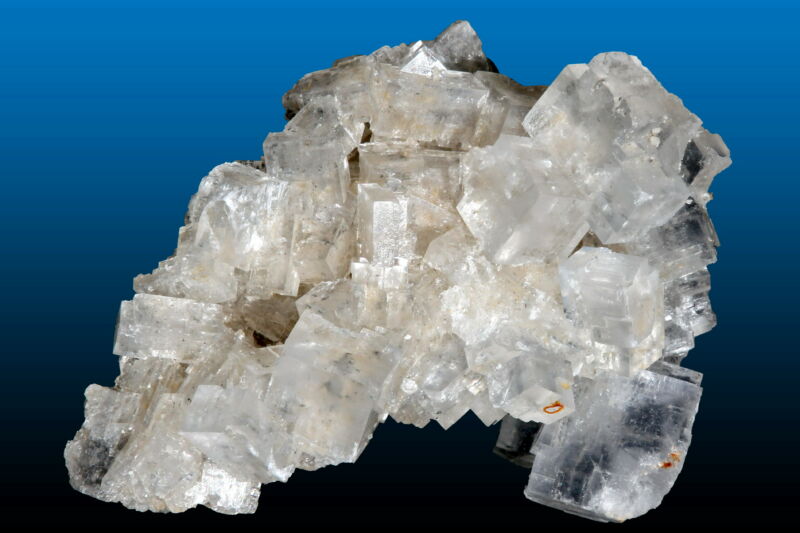
Enlarge / Ordered rock crystals, courtesy of a salt mine. (credit: Lech Darski)
Better batteries are a critical enabling technology for everything from your gadgets all the way up to the stability of an increasingly renewable grid. But most of the obvious ways of squeezing more capacity into a battery have been tried, and they all run straight into problems. While there may be ways to solve those problems, they're going to need a lot of work to overcome those hurdles.
Earlier this week, a paper covers a new electrode material that seems to avoid the problems that have plagued other approaches to expanding battery capacity. And it's a remarkably simple material: a variation on the same structure that's formed by crystals of table salt. While it's far from being ready to throw in a battery, the early data definitely indicate it's worth looking into further.
Lithium density
Lithium-ion batteries, as their name implies, involve shuffling lithium between the cathode and the anode of the battery. The consequence of this is that both of the electrodes will end up needing to store lithium atoms. So most ideas for next-generation batteries involve finding electrode materials that do so more effectively.
No comments:
Post a Comment